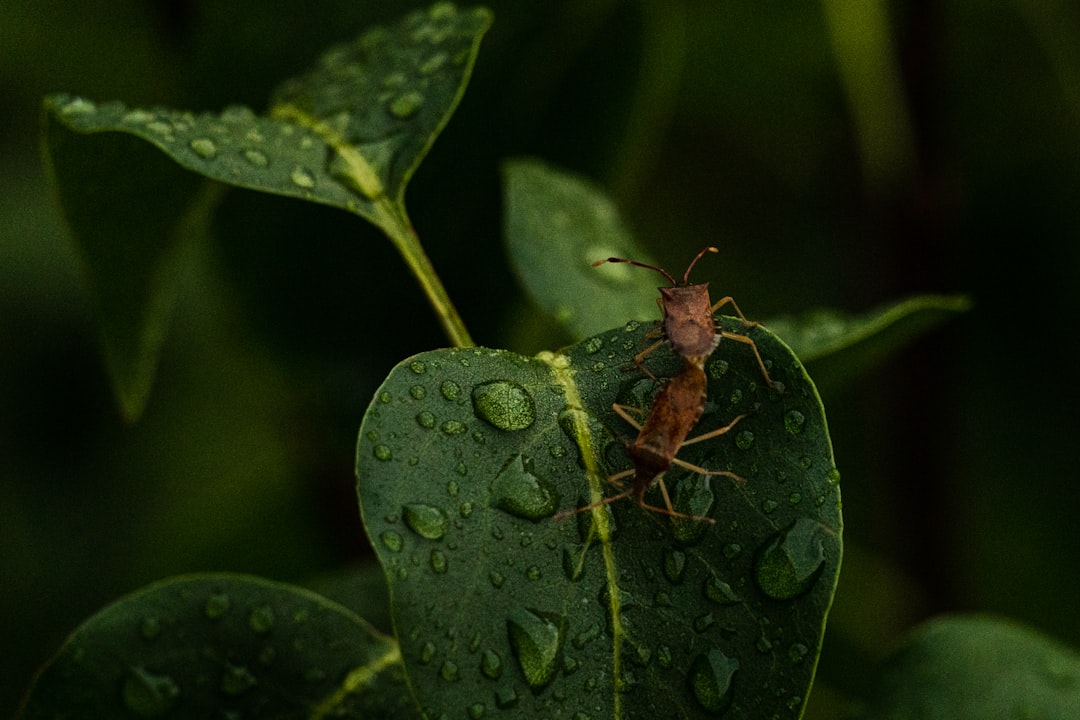Unveiling the Secrets of Nierembergia: A Heat - Loving Floral Gem

When it comes to creating a vibrant and long - lasting flower garden, nierembergia stands out as an exceptional choice. This heat - loving plant, adorned with cup - shaped flowers that grace the garden from early summer well into fall, brings a touch of elegance and color to any outdoor space. In this article, we'll explore the essential growing tips for nierembergia, ensuring that you can cultivate a thriving display of these beautiful blooms.
Understanding Nierembergia
Nierembergia, also known as cupflower, belongs to the Solanaceae family. Native to South America, it has adapted well to various climates, especially those with warm summers. The plant typically grows in a mounding form, reaching a height of about 6 - 12 inches and spreading up to 12 - 18 inches. Its slender stems are covered with small, lance - shaped leaves that provide a lovely backdrop for the delicate cup - shaped flowers.
The flowers of nierembergia come in a range of colors, including white, purple, and blue. They are often fragrant, attracting pollinators such as bees and butterflies to the garden. The long blooming period, from early summer until the first frost in fall, makes nierembergia a valuable addition to any flower bed or container garden.
Choosing the Right Location
One of the most important aspects of growing nierembergia is selecting the appropriate location. As a heat - loving plant, nierembergia thrives in full sun. It requires at least 6 - 8 hours of direct sunlight per day to produce an abundance of flowers. Choose a spot in your garden that receives ample sunlight, away from large trees or buildings that may cast shade.
However, in extremely hot climates, some afternoon shade can be beneficial to prevent the plant from wilting. If you're growing nierembergia in containers, you can easily move them to a shadier location during the hottest part of the day.
Soil Requirements
Nierembergia prefers well - drained soil that is rich in organic matter. A loamy soil with a pH between 6.0 and 7.0 is ideal. Before planting, prepare the soil by adding compost or well - rotted manure to improve its fertility and drainage. If your soil is heavy clay, you can also add perlite or sand to enhance drainage.
When planting nierembergia in containers, use a high - quality potting mix that is specifically formulated for flowering plants. Make sure the container has drainage holes at the bottom to prevent waterlogging.
Planting Nierembergia
You can start nierembergia from seeds or purchase young plants from a nursery. If starting from seeds, sow them indoors about 8 - 10 weeks before the last frost date. Press the seeds gently into the soil surface, as they need light to germinate. Keep the soil moist and warm, and the seeds should germinate within 7 - 14 days.
Once the seedlings have developed a few sets of true leaves, you can transplant them outdoors after the danger of frost has passed. Space the plants about 8 - 12 inches apart to allow for proper air circulation and growth.
If you're using nursery - bought plants, dig a hole slightly larger than the root ball. Place the plant in the hole, backfill with soil, and gently firm the soil around the base of the plant. Water thoroughly after planting to settle the soil.
Watering and Fertilizing
Nierembergia has moderate water needs. Water the plant deeply but infrequently, allowing the soil to dry out slightly between waterings. Overwatering can lead to root rot, so it's important to avoid keeping the soil constantly wet. During hot, dry periods, you may need to water more frequently, especially if the plant is growing in containers.
Fertilize nierembergia regularly to promote healthy growth and abundant flowering. Use a balanced, water - soluble fertilizer every 4 - 6 weeks during the growing season. Follow the instructions on the fertilizer package for the correct application rate.
Pruning and Deadheading
Pruning nierembergia is relatively simple. Deadheading, or removing spent flowers, is essential to encourage continuous blooming. Simply pinch off the faded flowers at the base of the stem. This not only keeps the plant looking tidy but also redirects the plant's energy towards producing new flowers.
In the fall, after the first frost, you can cut back the entire plant to a few inches above the ground. This helps the plant conserve energy during the winter months and promotes new growth in the following spring.
Pest and Disease Management
Nierembergia is generally a pest - and disease - resistant plant. However, it can be susceptible to aphids, spider mites, and whiteflies. Regularly inspect the plant for signs of pests, such as distorted leaves or sticky residue. If you notice any pests, you can use an insecticidal soap or neem oil to control them.
To prevent diseases, avoid overhead watering, as this can promote the growth of fungal diseases. Provide adequate air circulation around the plant by spacing them properly.
Conclusion
With its beautiful cup - shaped flowers and long blooming period, nierembergia is a wonderful addition to any flower garden. By following these essential growing tips, you can enjoy a stunning display of nierembergia from early summer until fall. Whether planted in flower beds, borders, or containers, nierembergia is sure to bring color and charm to your outdoor space.